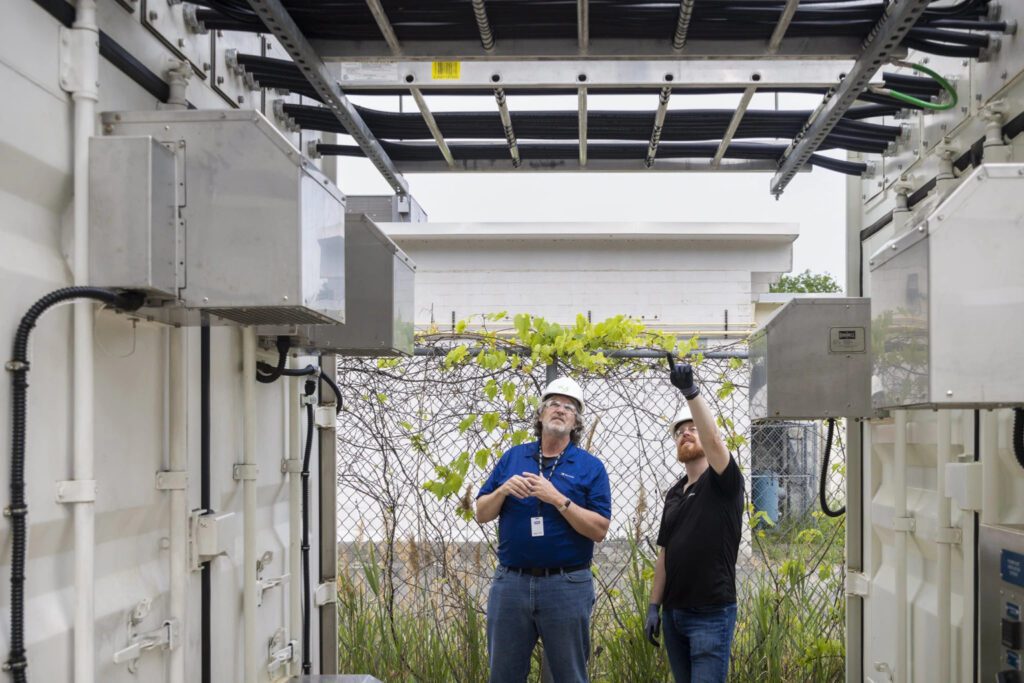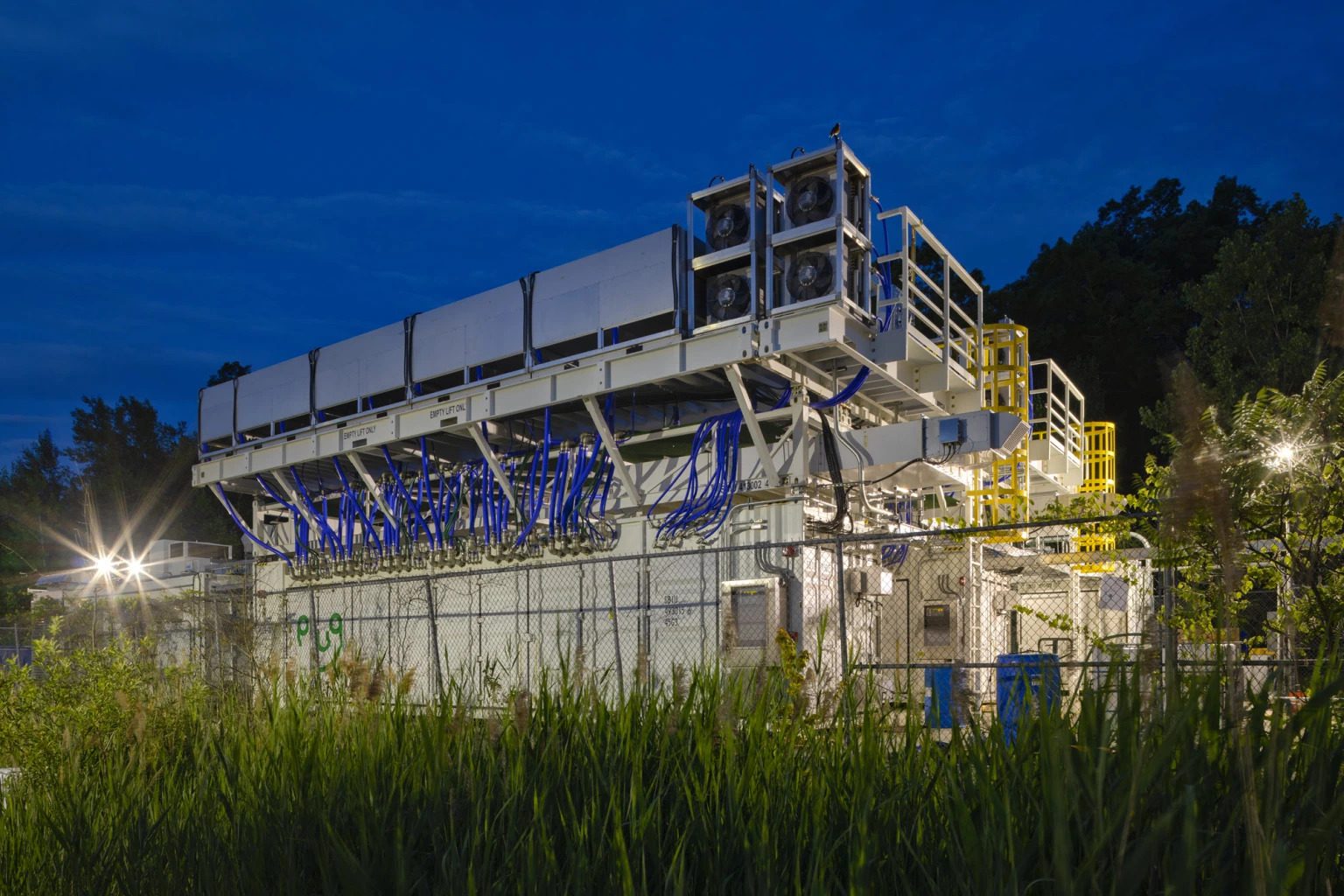For millions of Americans, life is one lived at least somewhat online. It could be a remote working position, a cross-country Facetime call between friends, or even that weeknight ritual of video streaming binges and microwave popcorn.
While we all use the internet, any idea of where it comes from or how it continues to function is something between an afterthought and a confusing mystery. We might not be aware that data centers, buildings designed by the world’s tech giants, are the backbone for trillions of data points worth of puppy pictures and workout playlists.
Shutting down the world’s internet for even a day could leave essential functions like hospitals and news services vulnerable and result in the public lacking important information during a crisis. Because of this risk, most data center operators emphasize backup generator systems significantly.
Although reliable, these systems have traditionally been diesel-powered, a sore spot for new-age tech companies who would like to see themselves leading the charge for a sustainable future. Last summer, Microsoft unveiled an industry-grade generator powered entirely emission-free, the fruit of collaboration with hydrogen fuel innovator Plug Power.

“What we just witnessed was, for the data center industry, a moon landing moment,” said Sean James, Microsoft director of data center research. “We have a generator that produces no emissions. It’s mind-blowing.”
James seemed excited at the prospect of diesel no longer being needed to cover emergency energy usage for these buildings, where power is used for the servers and extensive air conditioning systems to combat the heat these servers generate.
Chasing renewable power solutions is important to Microsoft for several reasons, many being practical rather than simply altruistic. For one, markets have favored corporations that have actively made pledges regarding aggressive emissions reductions.
Microsoft is not exempt from this pressure and has made public commitments to run carbon negative in all company operations by 2030. Lowering emissions output also makes it potentially easier to expand as a company.
“It is easier for data centers to get permits because they don’t have to worry about pollution particulates, and it means lower emissions for increasingly climate-conscious customers,” said Sebastian Moss, editor-in-chief at DatacenterDynamics. “Getting off of diesel would have multiple benefits beyond the basic moral imperative.”
The technology might also have a more significant impact in other areas, like hospitals that also rely on diesel generators. “This could, in turn, have benefits for the electricity grid while also reducing emissions over the longer term,” said George Kamiya, a digital energy analyst with the International Energy Agency (IEA).

There are still a few hurdles preventing the rapid implementation of this technology worldwide. For one, hydrogen is far less dense than diesel, meaning the transportation of fuel cells might lag behind demand if it were significant enough. Another is that there isn’t a comparable way of getting hydrogen, like for diesel, an energy source used for over a century.
“It does not have anywhere near as robust a supply chain, so you can’t guarantee continuous supplies when your reserves run dry,” said Moss. However, with giant companies like Microsoft leading the charge, the demand may help to push the growth of the green hydrogen sector.





